Category: genetics
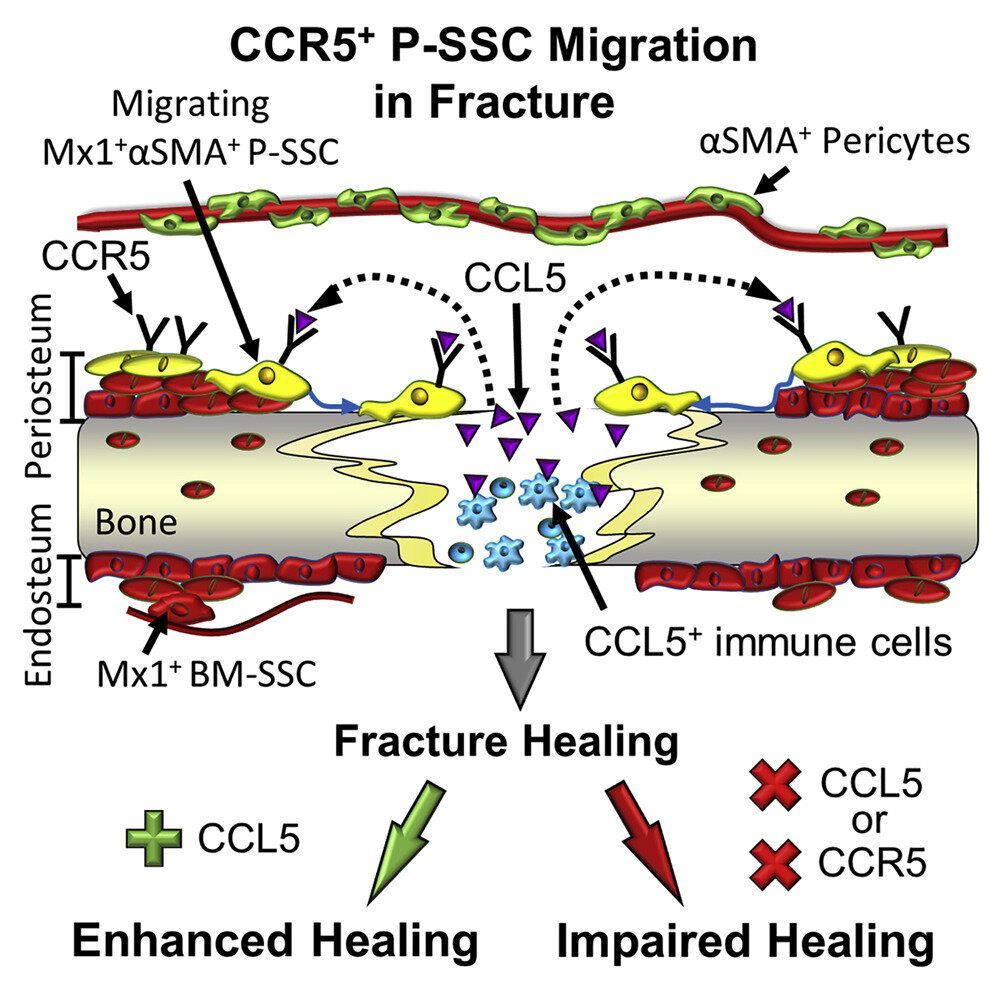
New bone healing mechanism has potential therapeutic applications
Led by researchers at Baylor College of Medicine, a study published in the journal Cell Stem Cell reveals a new mechanism that contributes to adult bone maintenance and repair and opens the possibility of developing therapeutic strategies for improving bone healing.
“Adult bone repair relies on the activation of bone stem cells, which still remain poorly characterized,” said corresponding author Dr. Dongsu Park, assistant professor of molecular and human genetics and of pathology and immunology at Baylor. “Bone stem cells have been found both in the bone marrow inside the bone and also in the periosteum—the outer layer of tissue—that envelopes the bone. Previous studies have shown that these two populations of stem cells, although they share many characteristics, also have unique functions and specific regulatory mechanisms.”
Of the two, periosteal stem cells are the least understood. It is known that they comprise a heterogeneous population of cells that can contribute to bone thickness, shaping and fracture repair, but scientists had not been able to distinguish between different subtypes of bone stem cells to study how their different functions are regulated.
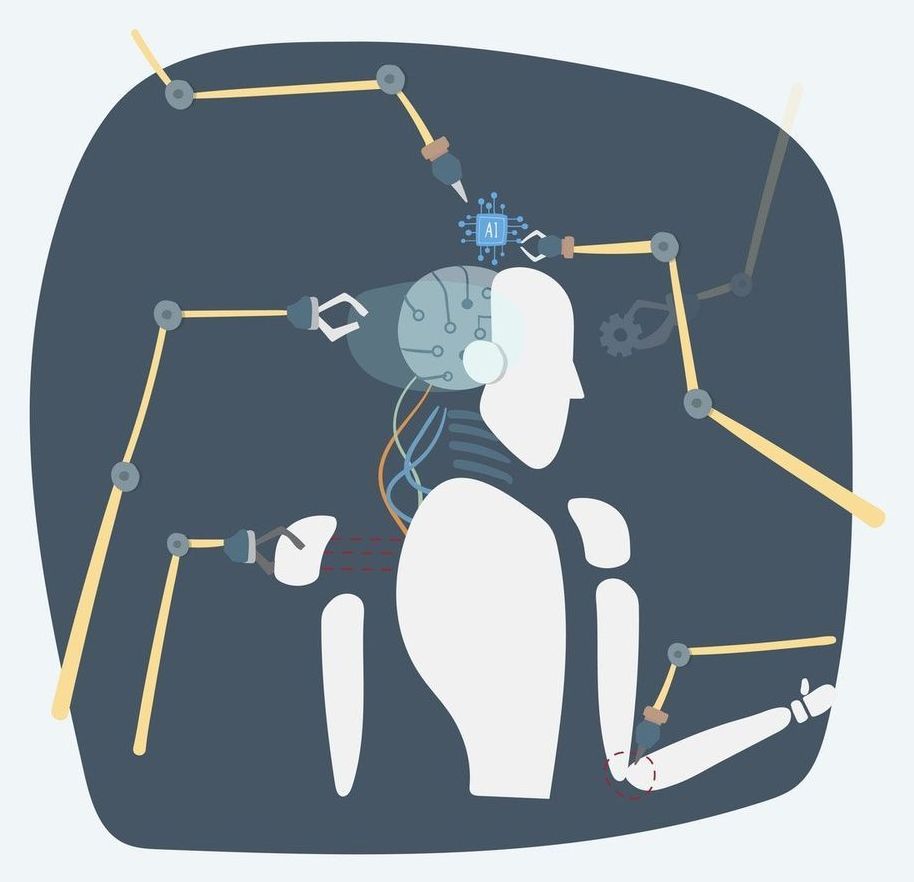
Transhumanism and Immortality
I am in shock… Google suddenly as yahoo are allowing conjecture and mendacity be seen as public or scientific opinion. Here is another confused mind who towards the end of her rant quotes Christian scripture as basis to stop Life extension-Transhumanism???
When I say to these minds Behold the leader of Christianity stood for Life abundant-Super Longevity and I can prove such. No matter what lost evangelist or preacher tells you Jesus was a medical researcher of extraordinary magnitude…
NOW BEHOLD THE LOST in this article… https://www.rodofironministries.com/…/transhumanism-and-imm… Respect r.p.berry & AEWR wherein aging now ends we have found the many causes of aging and we have located an expensive cure. We search for partners-investors to now join us in agings end… gerevivify.blogspot.com/
Whether we like it or not, the hybrid age is already here. From genetic manipulation, to AI technology, to nano-technology, robotics, 3D printing, brain mapping, super computing, the list is literally endless. Futurists and Transhumanist philosophers believe that science and technology are limitless, and that humanity’s current cultural traditions and mindset are the mechanisms in place that prohibit human development.
Mankind has experienced formidable technological growth in the past from the early ancestors to the Agrarian Age, the Industrial Age in the 18th century, and the Information Age in the 1970s, from their point of view, we are simply going through another revolutionary leap into what they call, the Hybrid Age.
The Transhumanist Movement, also known as H+ is an intellectual, cultural and political movement that supports technological enhancements in the human body through the use of genetics, robotics, synthetic biology, AI technology among others to modify the physiology, psyche, memory and progeny of a human being and ultimately achieve immortality on earth, (a procedure they believe can be reached within the next decade) whereby human consciousness can be uploaded into a robot, cyborg or possibly, a human clone. The sci-fi novel “Altered Carbon” by Richard K. Morgan captures a cornucopia of technological concepts that are, believe it or not, in experimental stages across the globe, methods such as: human hybridization, CRISPR-technology—Chinese scientists have used CRISPR for gene-editing on 86 human patients; limb regeneration, bionic augmentation, the making of super-soldiers, cloning, Cryonics and the growing interest in information-theoretic death, neuropreservation, suspended animation, molecular nano-technology and so on. Sounds far-fetched right?
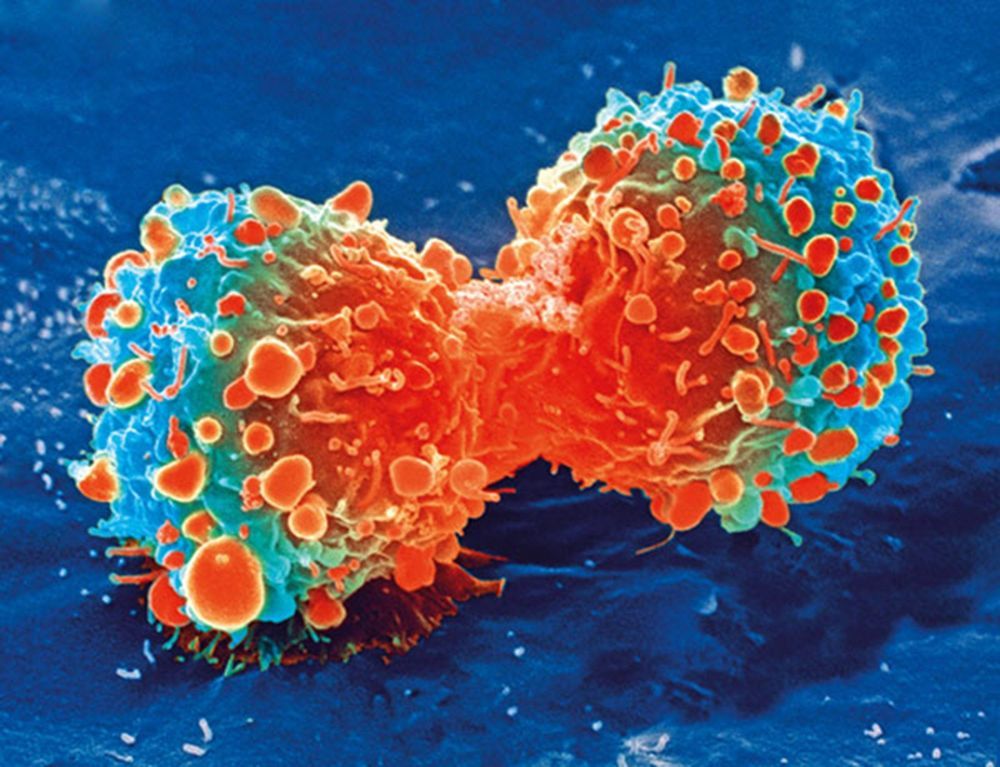
Study shows inhibition of gene helps overcome resistance to immunotherapy
Cancer immunology drugs, which harness the body’s immune system to better attack cancer cells, have significantly changed the face of cancer treatment. People with aggressive cancers are now living longer, healthier lives. Unfortunately, cancer immunology therapy only works in a subset of patients.
Now, a new study from scientists at the UCLA Jonsson Comprehensive Cancer Center helps explain why some people with advanced cancer may not respond to one of the leading immunotherapies, PD-1 blockade, and how a new combination approach may help overcome resistance to the immunotherapy drug.
The UCLA study, published today in the inaugural issue of the new scientific journal Nature Cancer, showed that genetic and pharmacological inhibition of the oncogene PAK4 overcomes resistance to anti-PD-1 therapy in preclinical models.
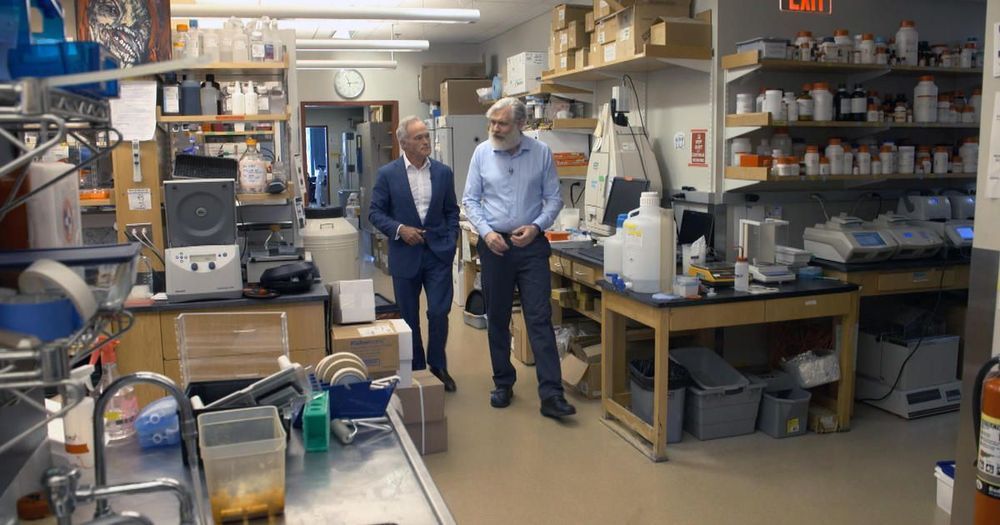
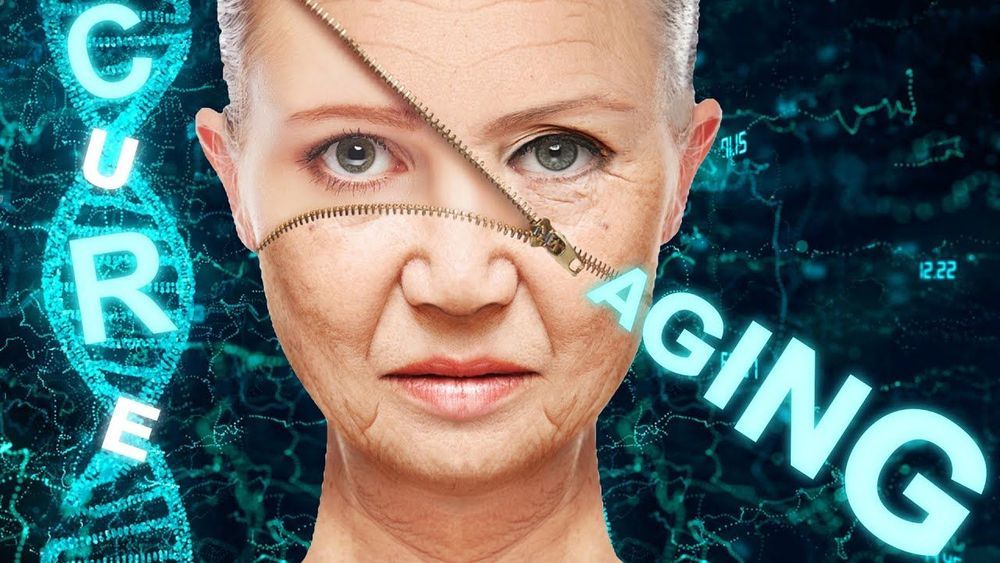
Can We Live Longer
The quest to live longer and healthier is not new. But the concept of reversing aging has recently stunned both the scienftific community and the public in general. Scientists have been able to reverse aging by 2.5 years to some participants in a groundbreaking experiment in the field of age reversal.
World leading scientists in the field of aging like David Sinclair think that aging is the ultimate disease that needs a cure. If scientsits were able to shed 2.5 years to the participants genomic age, the question raises itself, are we going to see an age reversal of a decade or more in the coming years?
#reverseaging #science #sciencetime
SUBSCRIBE to our channel “Science Time” and ring the bell to never miss out videos like this: https://www.youtube.com/sciencetime24
Source: Fahy, G. M. et al. Aging Cell https://doi.org/10.1111/acel.13028 (2019)
Similar videos:
“CRISPR 2.0 Prime Editing To Heal 90% Of Genetic Diseases” https://youtu.be/vP6DSIoOcIQ
“Genetic Engineering Humans — CRISPR“
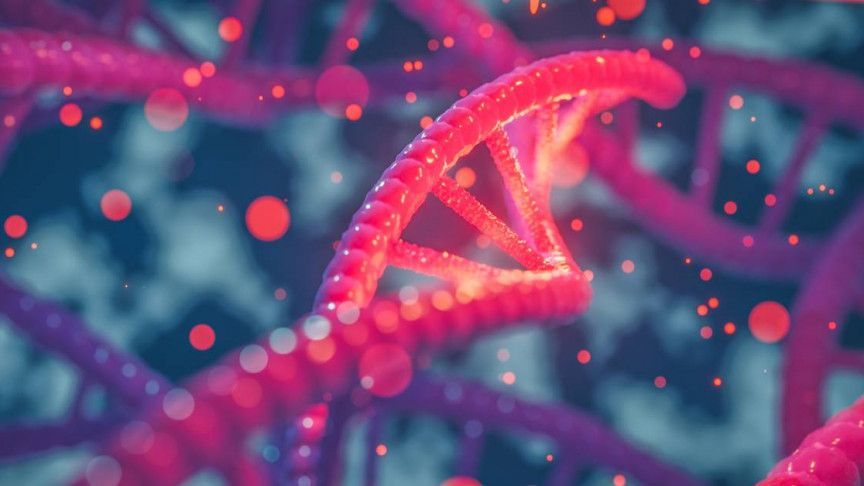
Sickle Cell Anemia Patient Becomes First Person in the U.S. to Have Her Genes Edited With CRISPR
Last week, a woman named Victoria Gray became the first person in the U.S. to have her cells edited with CRISPR. The 41-year-old patient was suffering from sickle cell anemia.
RELATED: FIRST HUMAN TRIAL USING CRISPR GENE-EDITING IN US BEGINS
The condition, caused by a genetic mutation that messes with the shape of red blood cells, causes havoc on patients, and to make things even worse, the options for treatment are very limited and ineffective. The only current treatment for sickle cell anemia patients is a donor transplant that works for just 10% of patients, but all that is about to change.
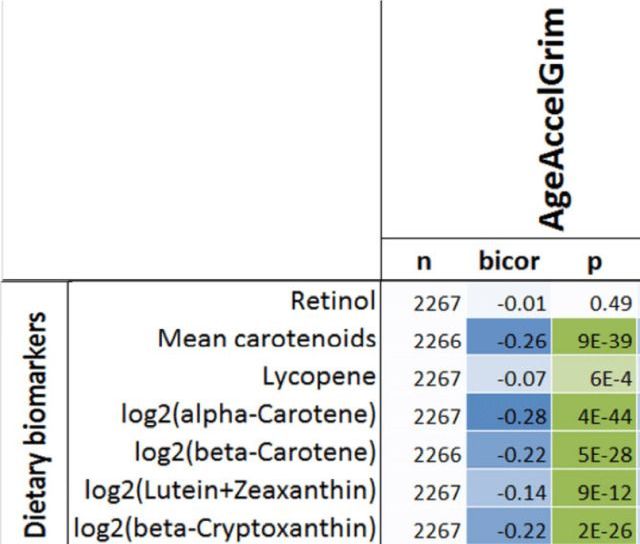
Epigenetic Aging: Can It Be Slowed With Diet?
New post!
Having a faster rate of epigenetic aging, as measured by the epigenetic age metric, AgeAccelGrim, is associated with a significantly increased risk of death for all causes in a variety of cohorts, including the Framingham Heart Study (FHS), the Women’s Health Initiative (WHI) study, the InChianti study, the Jackson Heart Study (JHS), and collectively, when evaluated as a meta-analysis (Lu et al. 2019):
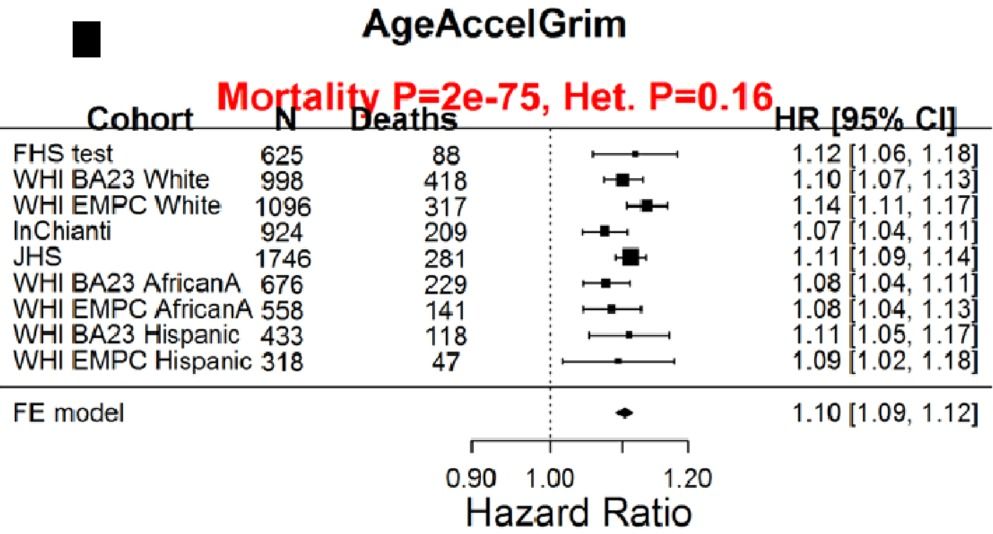
With the goal of minimizing disease risk and maximizing longevity, can epigenetic aging be slowed? Shown below is the correlation between dietary components with AgeAccelGrim. Dietary factors that were significantly associated (the column labelled, “p”) with a younger epigenetic age were carbohydrate intake, dairy, whole grains, fruit, and vegetables. In contrast, dietary fat intake and red meat were associated with older epigenetic ages (Lu et al. 2019):
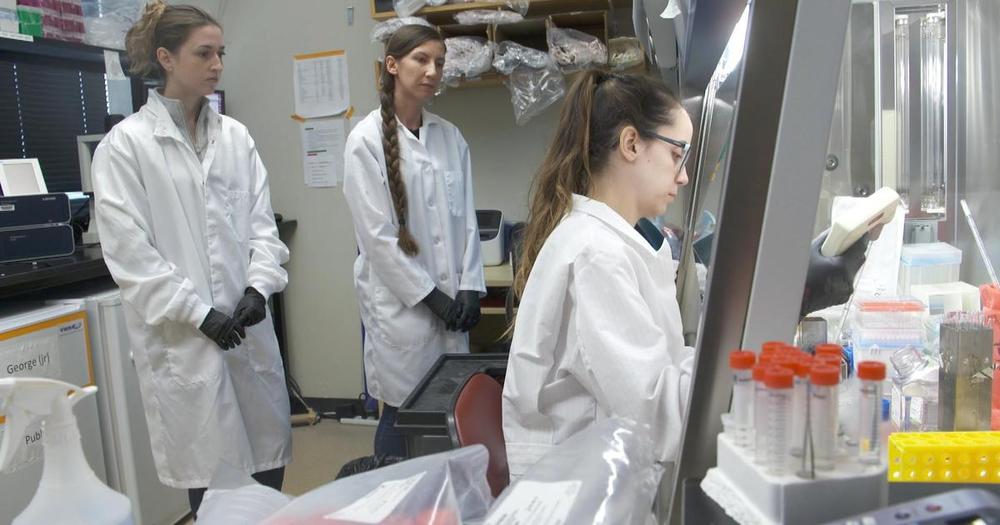
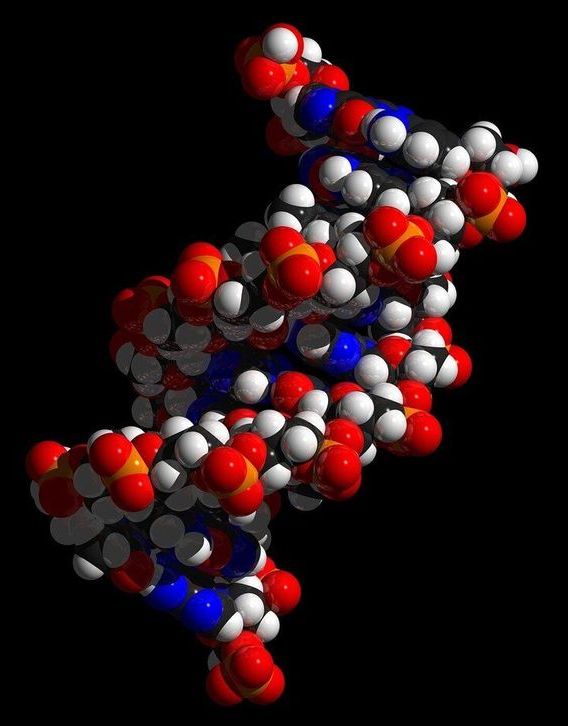
New tool for rapidly analyzing CRISPR edits reveals frequent production of unintended edits
Amidst rising hopes for using CRISPR gene editing tools to repair deadly mutations linked to conditions like cystic fibrosis and sickle cell disease, a study in Communications Biology describes a new innovation that could accelerate this work by rapidly revealing unintended and potentially harmful changes introduced by a gene editing process.
“We’ve developed a new process for rapidly screening all of the edits made by CRISPR, and it shows there may be many more unintended changes to DNA around the site of a CRISPR repair than previously thought,” said Eric Kmiec, Ph.D., director of ChristianaCare’s Gene Editing Institute and the principle author of the study.
The study describes a new tool developed at the Gene Editing Institute that in just 48 hours can identify “multiple outcomes of CRISPR-directed gene editing,” a process that typically required up to two months of costly and complicated DNA analysis.